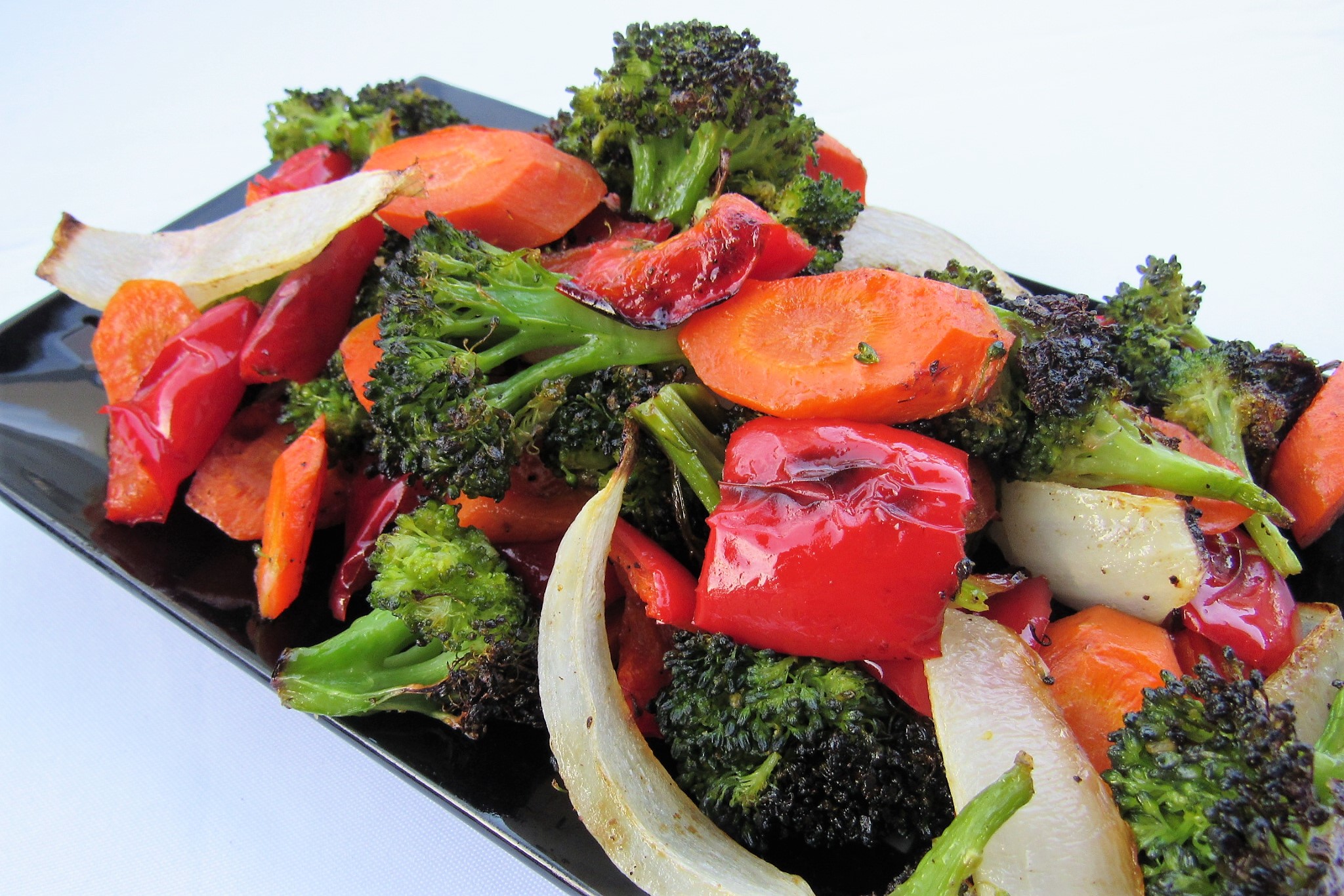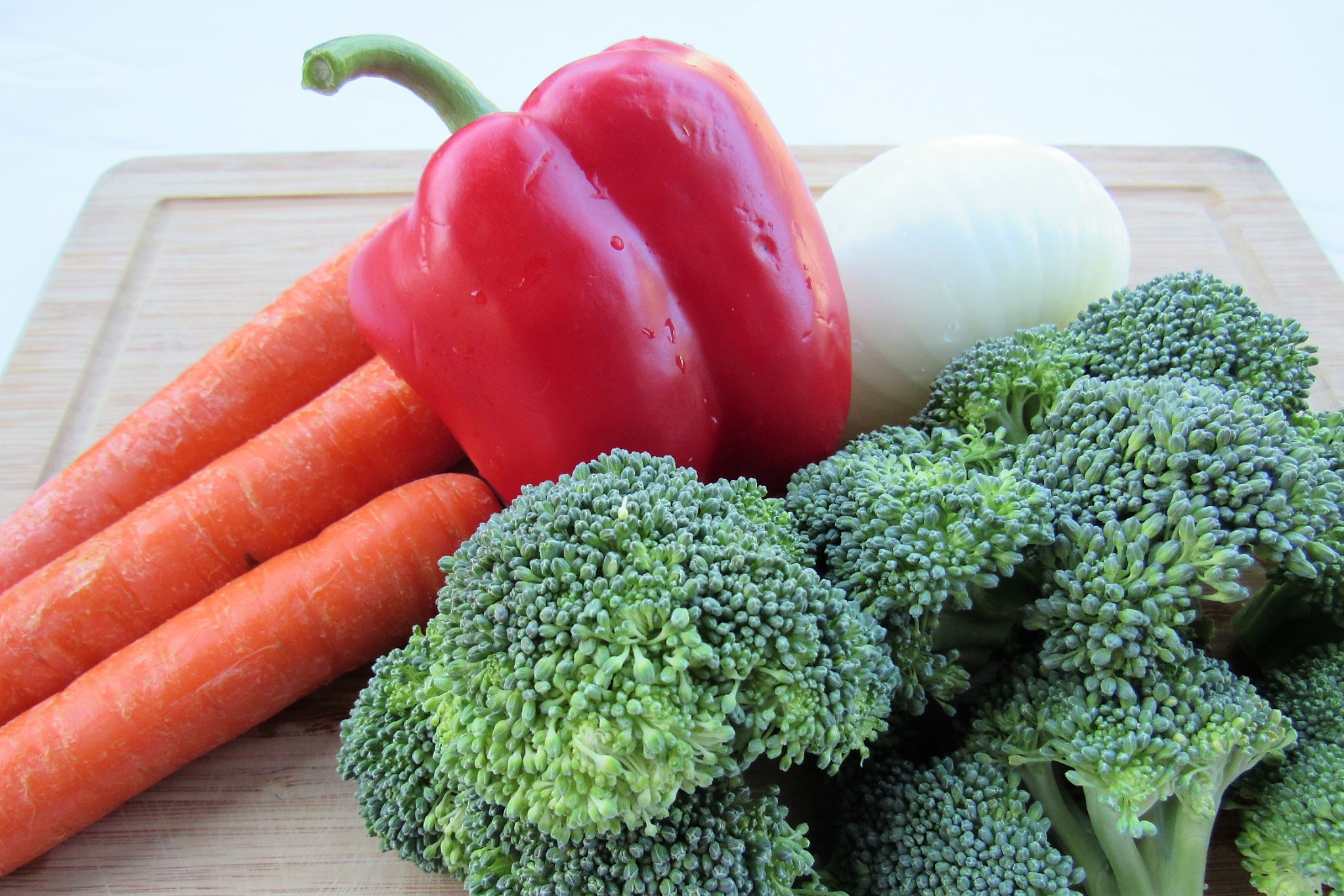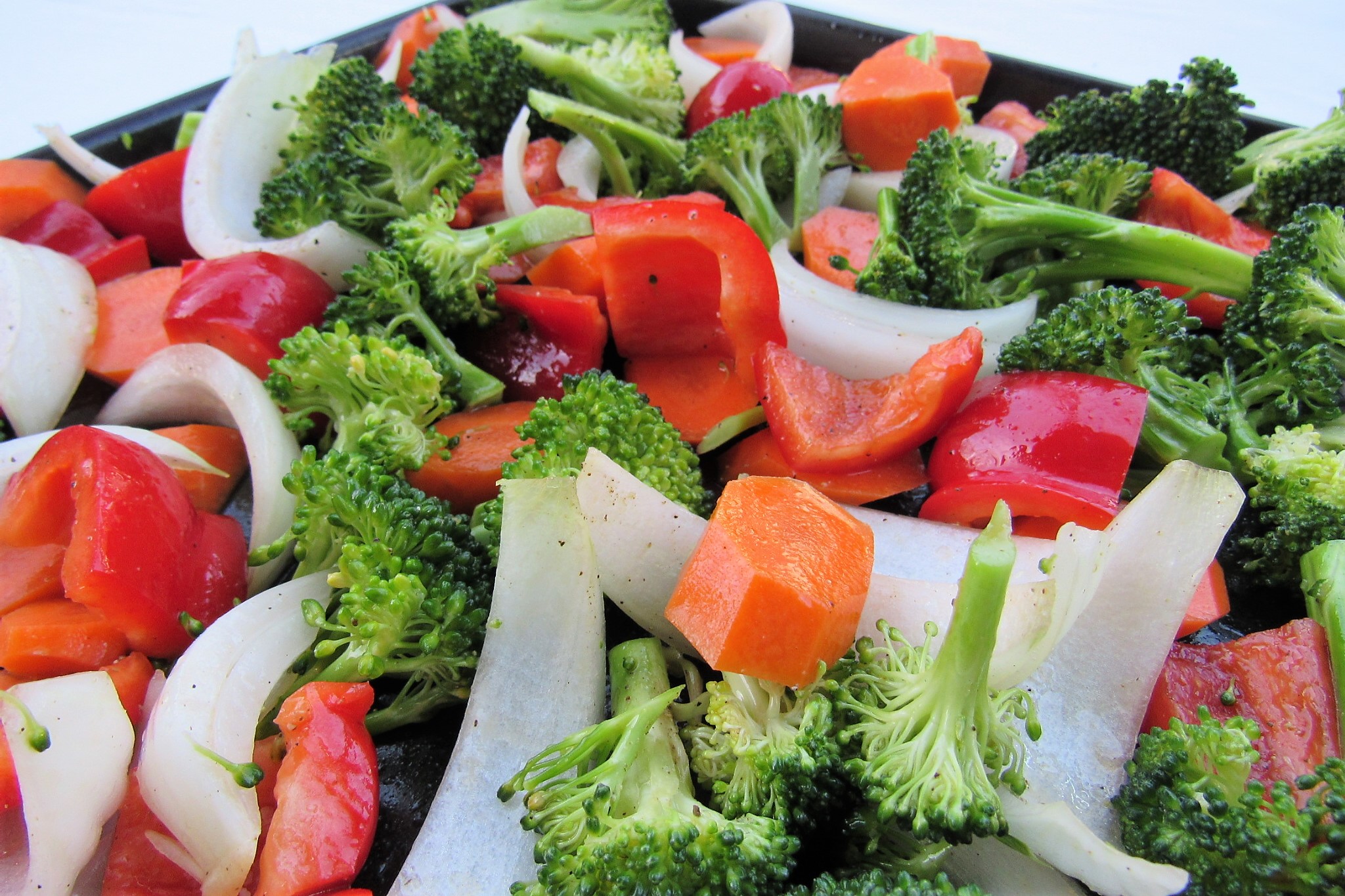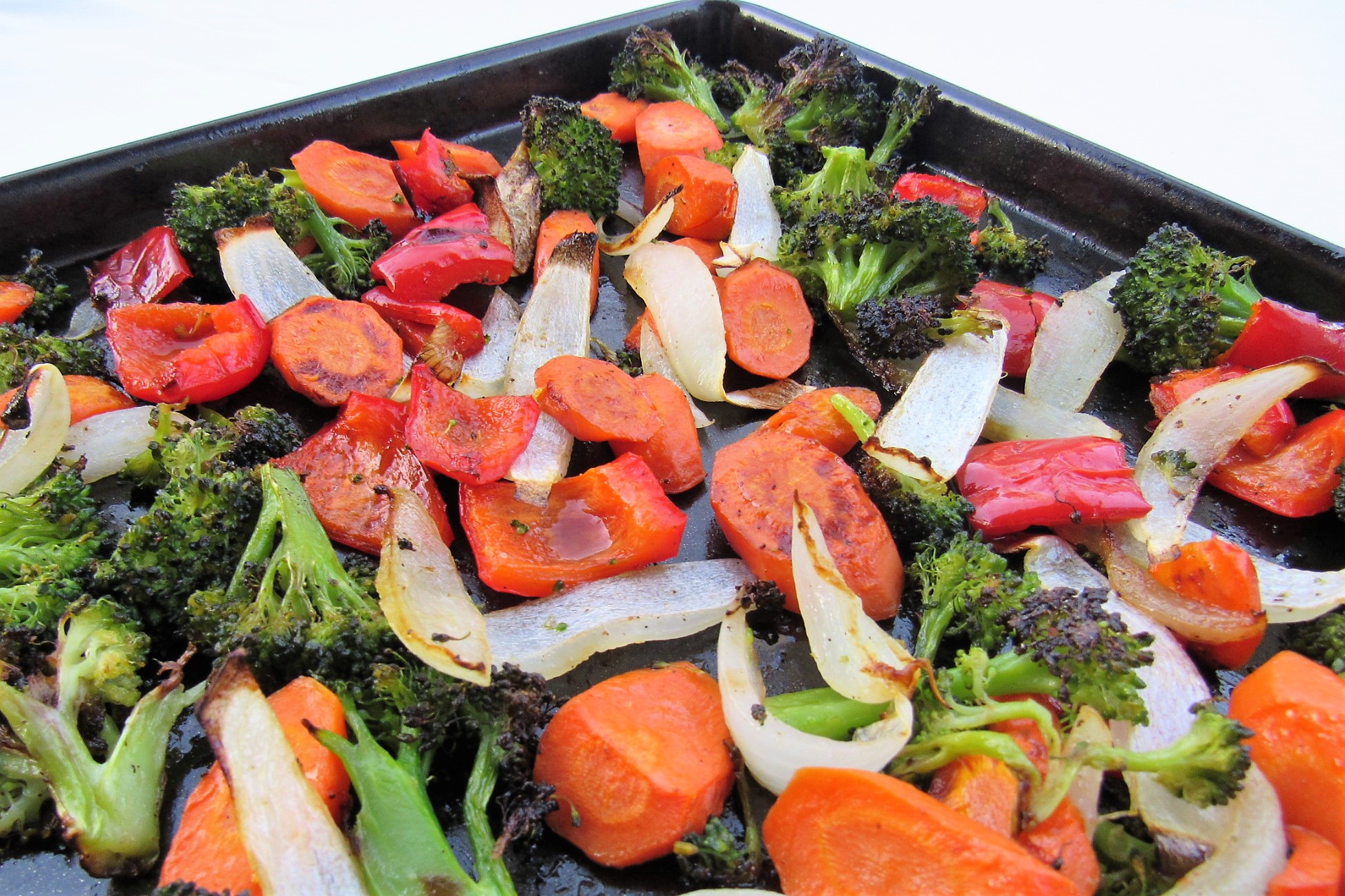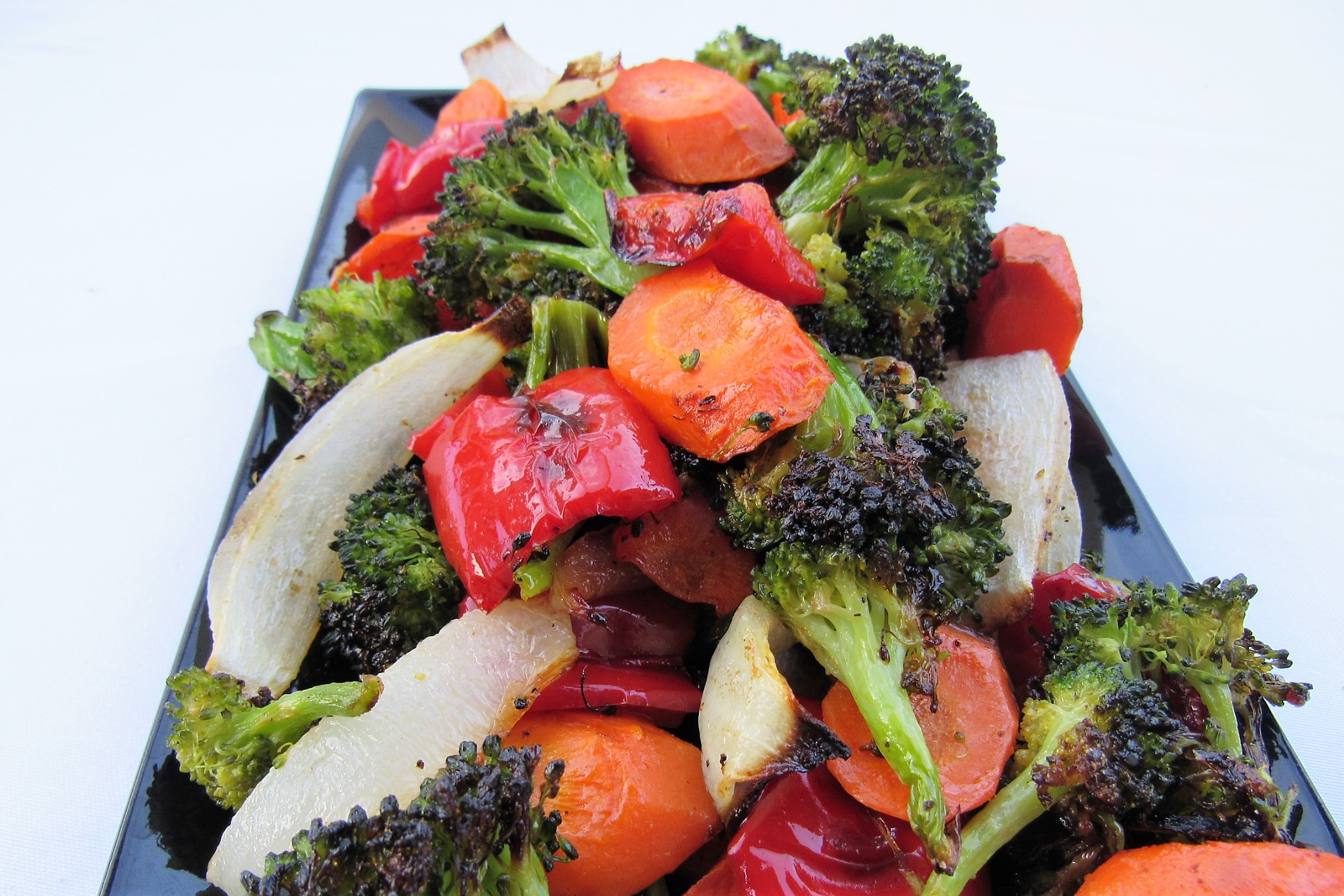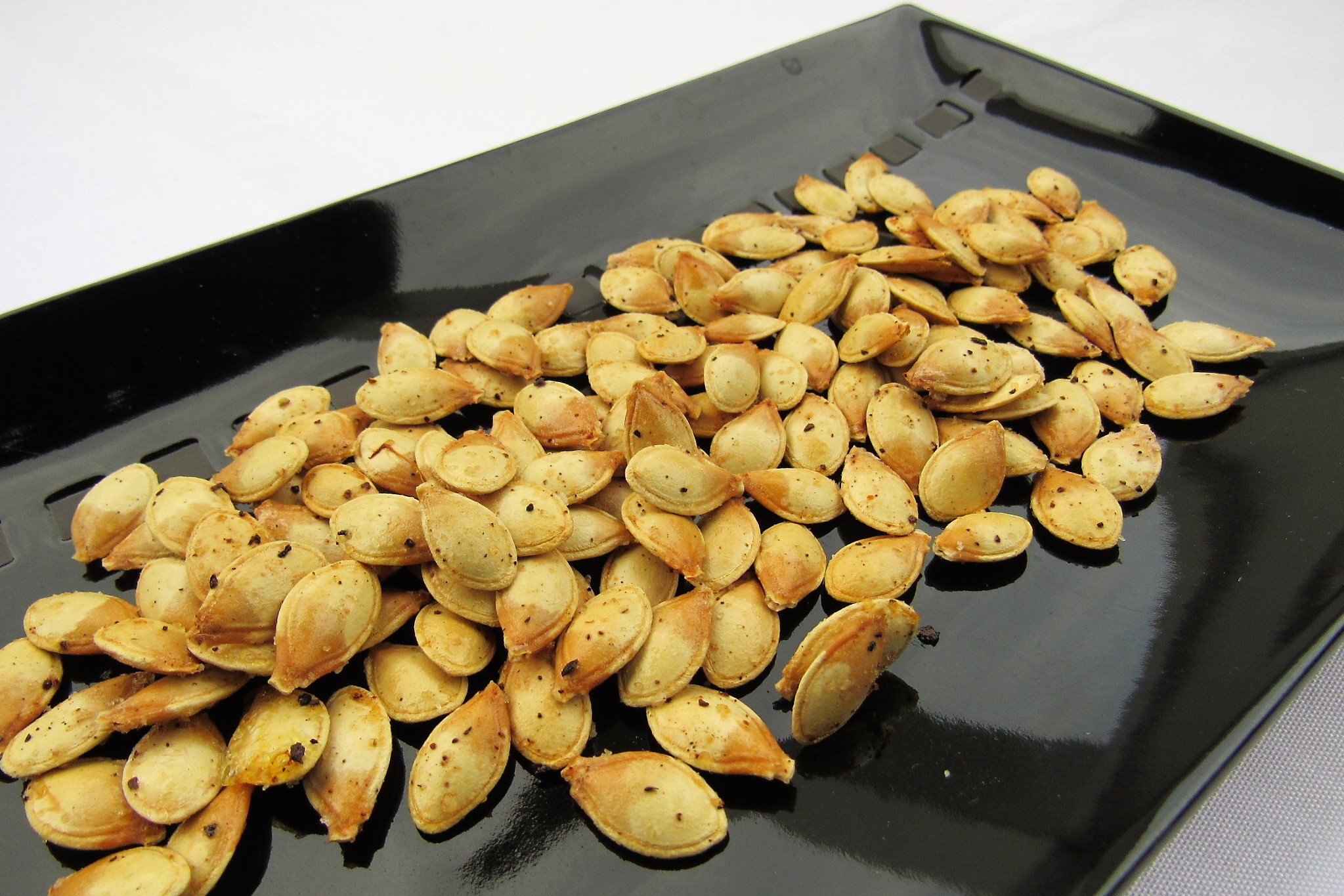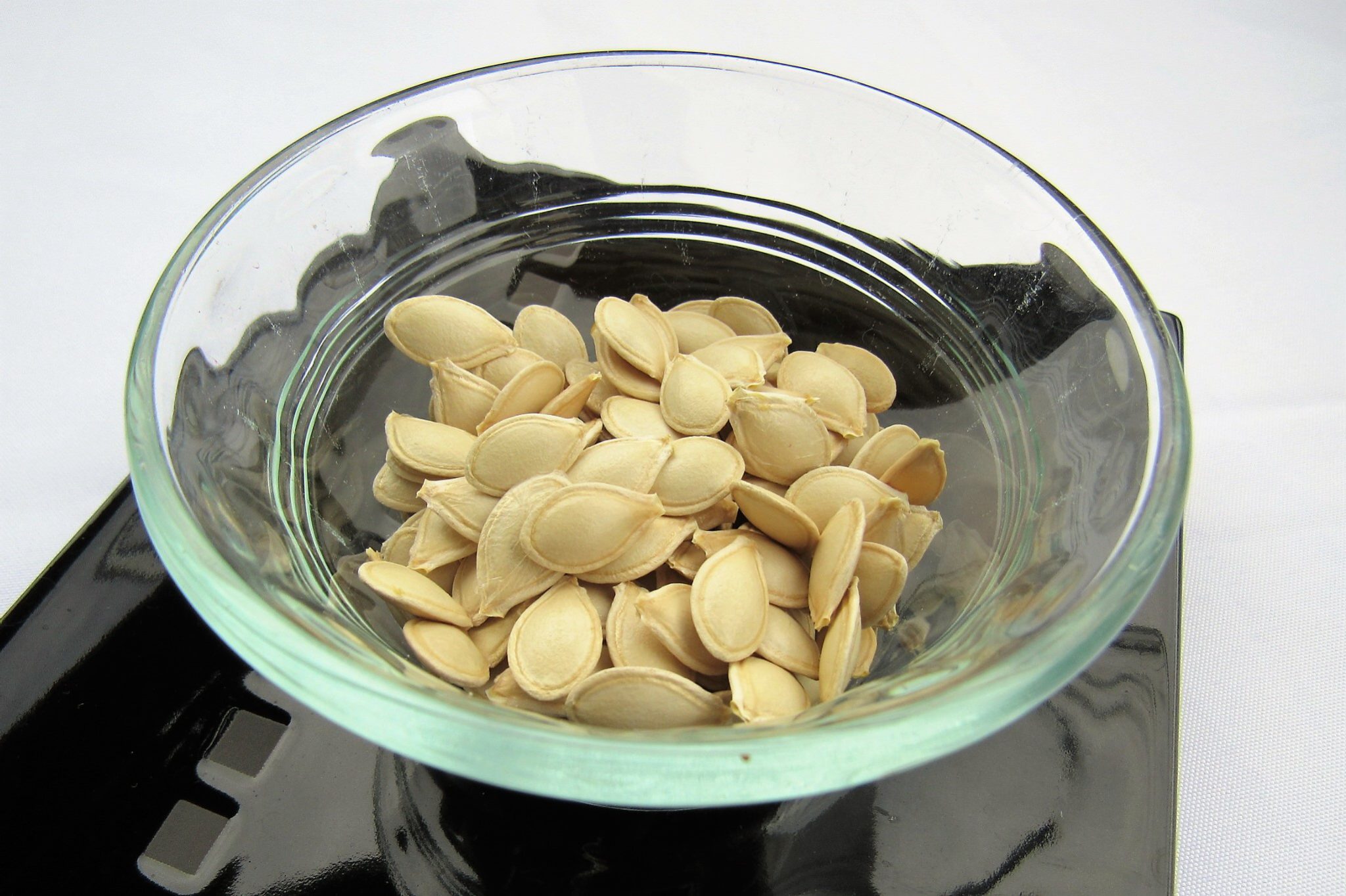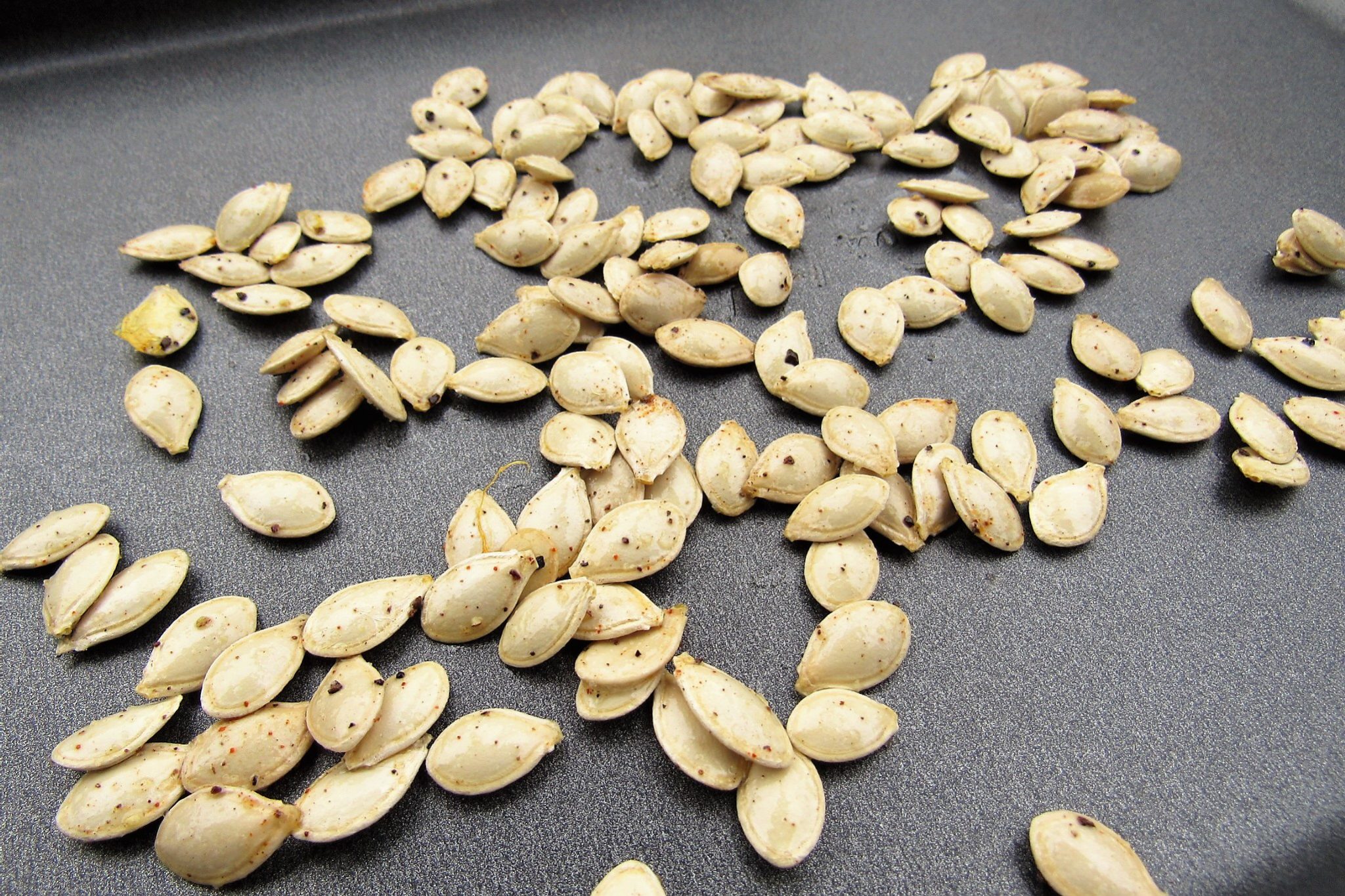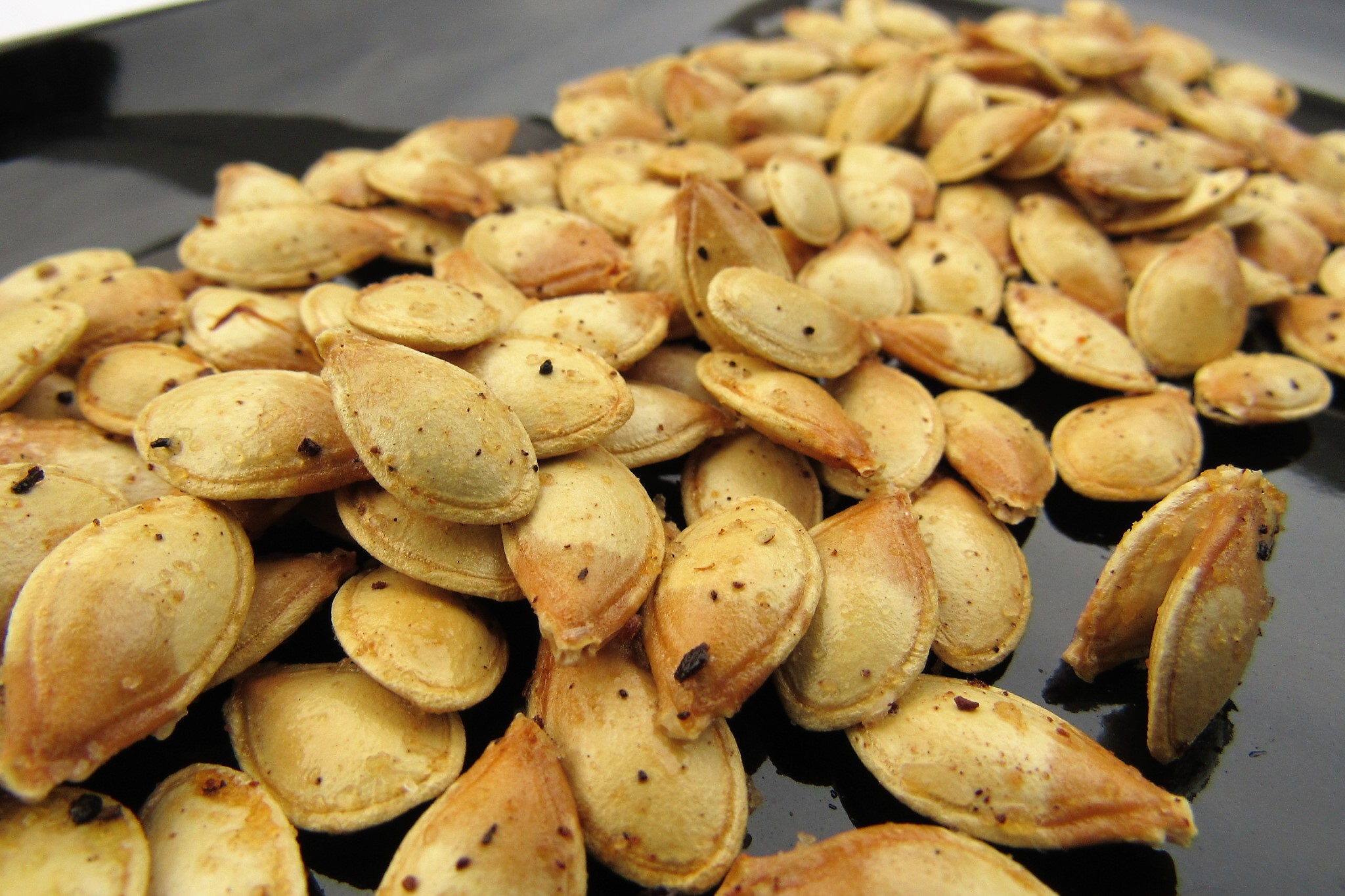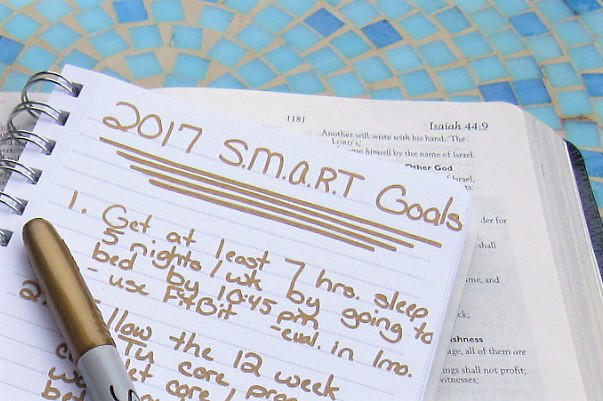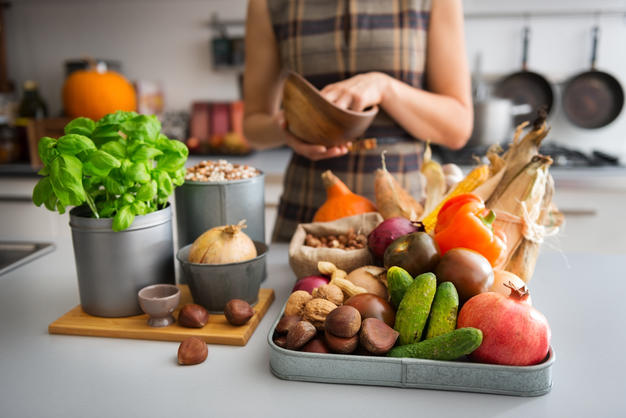“Discipline is the bridge between goals and accomplishment.” — Jim Rohn
Exercise is a powerful part of a healthy lifestyle. Research shows that it goes beyond physical fitness and invades our mental and emotional health as well. We also know that the feeling of accomplishment builds strength, courage, and confidence.

During a recent discussion with the Director of a local health and fitness club, I was really saddened by the predictable cycle within the health industry. January arrives and Americans set out to conquer their health goals, improve their strength and start moving more, but February rolls around 31 days later and the people showing up begin to decline. Then, March comes in like a lion, and the energetic roar of all those people who had really good intentions dwindles even further.
Developing the discipline of exercise can be really challenging, even when we feel motivated and energetic to make it happen. Some individuals find that after they begin exercising they feel great and always want to end sweaty and satisfied. Others find exercise downright awful. They dread doing it and practically wish away the time until it is over.

If you are searching to find some motivation to exercise, check out this article, 10 Reasons to Move Exercise Higher on Your to-Do List.
Of course, even when we are highly motivated, there are dozens of daily distractions and really good excuses, that can interrupt even the best of intentions.
So, how do we create the discipline of exercise? How do we find a plan that we can actually stick to and commit to?
Distractions and busyness aren’t going away. There will always be good things to do during the time you choose to exercise. And, there will always be 24 hours in your day. You can’t change that. What you can change is your priorities and the daily disciplines you choose to execute.
IF YOU choose to make your health a priority, the next step is building it into your natural daily rhythm.
Want to know how? These are simple steps, but powerful when executed. You can begin today to make exercise a natural part of your life.
Make Exercise Appointments
At the beginning of each week, look at your weekly calendar and then schedule how much time you are going to devote to exercise and on which days. This strategy sounds simple, but very few people actually carve out the time. Exercise time will not magically appear! YOU MUST CHOOSE when to exercise. Some weeks you may be able to squeeze in a few more minutes and others you may have to cut it short, but the fact that you are making it a priority, even during crazy busy weeks is a huge accomplishment! Don’t let yourself down- schedule your time today. Yes, right now! Go grab your calendar (ie. phone) or planner!! Plan your exercise appointments today.
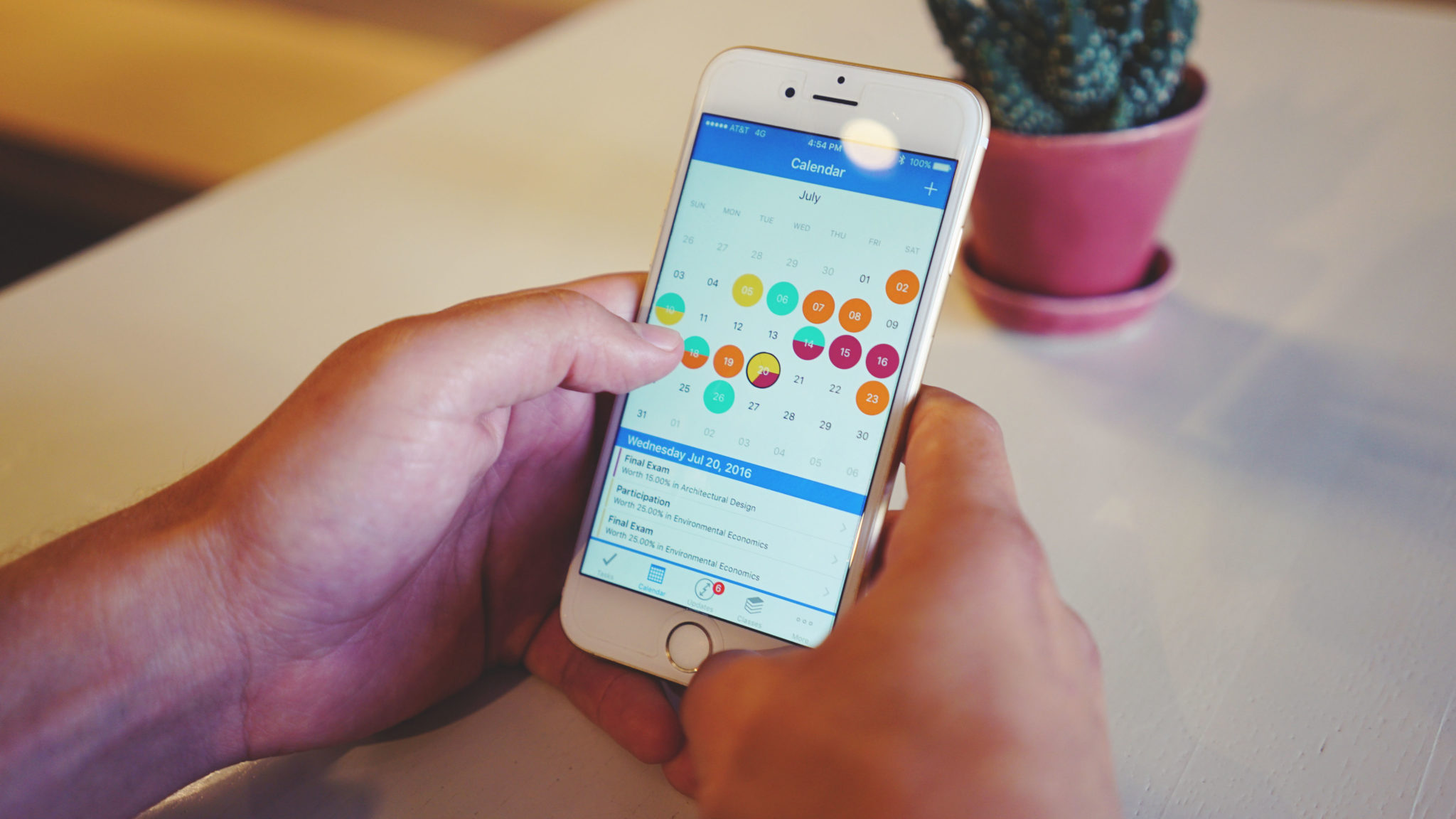
Determine in Advance What Type of Exercise You Will Do
Planning the type of exercise in advance saves you precious minutes. We already identified that we don’t have extra time, so if you get to the gym without a plan, you will waste minutes. If you spend 6 minutes looking for a workout online, those are 6 minutes you could have been moovin’ and groovin’! We all know that time is a limited resource- don’t give it away.
This also helps you include a variety of cardio and strength in your workouts AND avoid boredom with the same old routine. If you find yourself getting bored add something new and fresh to the mix!
Choose Activities that You Like
It is imperative to keep trying different types of activities until you find something that fits. There is nothing that will kill a goal more thoroughly than when you have to make yourself exercise each time. A little bit of resistance is normal, but if you are having to force yourself to go every single time, you need to re-evaluate your activities. And, there are hundreds of things to choose from! If you think exercise = gym OR exercise = walking, you need to expand your horizons!

Need some helping thinking outside of the box?
- Kickboxing studio
- Adult swim team
- DVD Exercise Program (ie. Insanity, P90X, Walk Strong, etc.)
- Line Dancing
- Walking/Running Group
- Pure Barre Classes
- Hiking
- Indoor Rock Climbing
- Stroller Strides-Walking/jogging Mommies Group
- Adult tennis league

Determine What Types of Exercise Motivate You
- Do you enjoy a personal challenge?
- Are you motivated by having to show up for a class?
- Does a good old fashioned fitness challenge light a fire under you?
- Do you dream of crossing a finish line?
- Does the thought of performing a dance in front of a crowd thrill you?
- Do you want a trainer to walk you through the steps and give you homework each week?
Find out what motivates you! Find out what makes you feel uncomfortable. Find out why you avoid certain activities. Find out what types of exercise you anticipate.
Sometimes lack of knowledge or know-how makes an activity feel a bit unnerving. If needed, talk to a friend, look up some information or learn a new skill before you dive into a new venture, but don’t let a few nerves keep you from your fitness goals!!
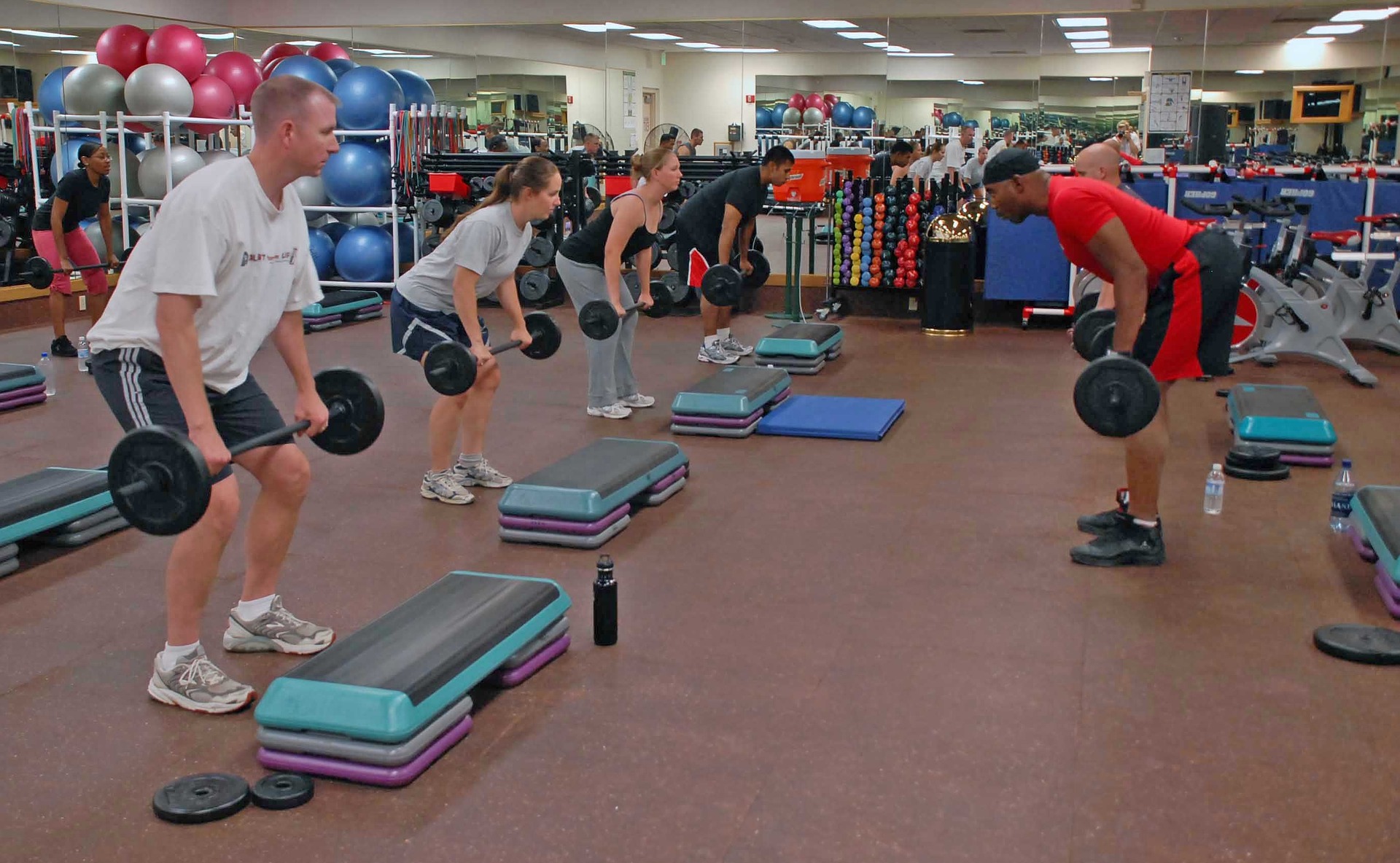
Create a “Plan B” AND “Plan C”
EVERYONE needs to have a “rainy day” or “snow day” plan. Everyone. It doesn’t matter how dedicated you are or how much you love your routine, occasionally, your plans will be thwarted and you will need to know how to adjust. If you can’t get outside, what will you do? If you can’t get to the gym, how will you move your body? If your friend can’t meet up to walk, will you go alone? If the internet is not working, what workout will you perform? If the class is canceled, how will you choose to exercise?
Take a few minutes to think through your contingency plans and write them down in a journal for personal accountability. The mere idea of problem-solving through these scenarios BEFORE they ever occur will prevent a whole lot of frustration and you won’t be tempted to throw in the towel before you ever break a sweat.

Consider the Logistics of Your Exercise Plan
Exercise plans are totally necessary, but if we can’t physically carry them out, they are useless. If your gym is 20 minutes away and not near your house or work, the feasibility of going will diminish. If you plan to walk the trail outside your office at lunch every day through January and February, the cold and/or snow will likely interfere. If you plan to join a gym class 3 nights a week and your kids have extracurricular activities, it’s likely something is going to clash. You MUST consider the details to executing your exercise plan or you may find yourself frustrated and unaccomplished.
Contemplate an Early Morning Exercise Routine
From my own personal battle of finding time for exercise with a young child AND my years of experience working with clients, exercise is often interrupted with activities, appointments, events and the regular evening routine like dinner, baths, and family time. It is so remarkably freeing to know that exercise is done and checked off the list first thing in the morning. Seriously consider whether this may work for you and your family. It has truly revolutionized my schedule so evenings are devoted to family time.

Start Small…
The key to accomplishing a goal is to make the goal challenging enough but not so ambitious that you set yourself up to fail. Yes, there will be days when it doesn’t go well and days when you get to learn lessons through messing up- we all do- but begin with a small goal and gradually intensify it. If all you can carve out is 10 minutes, that’s great! If you do 10 minutes, 6 days per week, that is 1 hour each week! Don’t pressure yourself to make a BIG goal, pressure yourself to commit to a small goal.
…But Aim for Daily
If you desire to make exercise a part of your lifestyle, just like brushing your teeth, reading to your kids or making dinner, I believe that it requires a daily commitment. In order for it to become a natural rhythm, it must be done consistently.
Sure, there may be 1 or even 2 days when you simply can’t carve out the time, BUT, I encourage you to wake up each morning with the plan to move your body. However, having a few short 5 or 10-minute workout plans in your arsenal may be just the thing to help you commit to daily. Also to note is that the workout intensity does not need to be the same every single day.
As you schedule your exercise at the beginning of the week, plan a few moderate to intense days and then a few lighter days. Maybe on Sunday you want to catch up with a friend and walk around the lake or chat while walking on the treadmill. Maybe 1 day midweek you plan a stretching or yoga exercise dvd to recover from the hard workout the day before.
If you commit to daily, you will find the habit of exercise sticks a lot sooner than scheduling only a few days a week, and remember that a short workout will always be better than nothing.
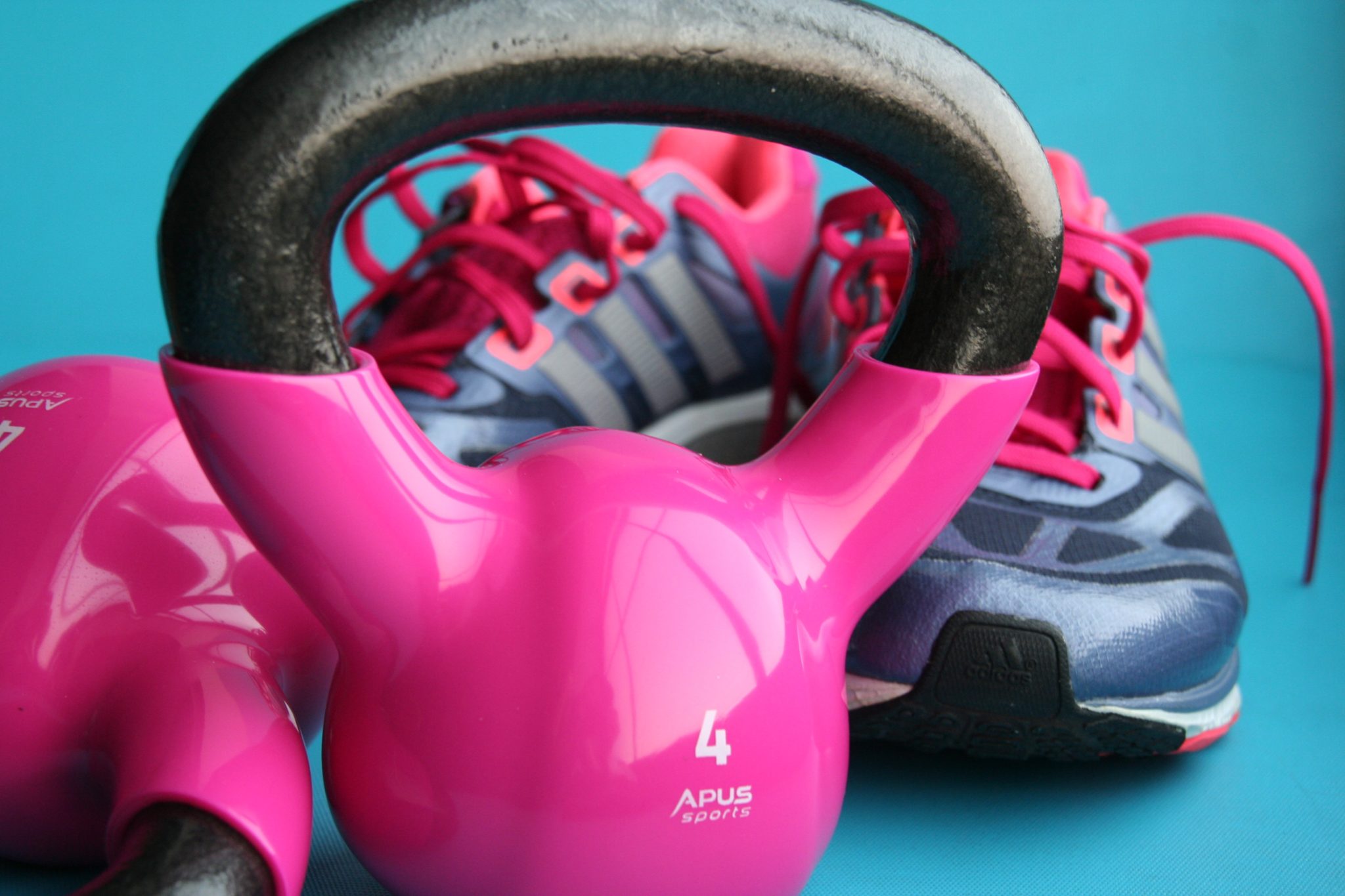
Now is the perfect time to initiate the process of mingling exercise into your day. Just like brushing your teeth is a normal ritual each day, the goal is to make exercise a habitual practice. It won’t feel natural in the beginning, in fact, it will likely get in the way, interrupt good things and require re-evaluation of your priorities.
Your schedule might feel a bit messy and choppy for a few weeks as you work to get into a groove. But, those who press into the challenge, embrace the resistance and pursue wholeheartedly their goals of personal health, those are the people that will eventually adapt a lifestyle of exercise.
At the time, discipline isn’t much fun. It always feels like it’s going against the grain. Later, of course, it pays off handsomely, for it’s the well-trained who find themselves mature… –Hebrews 12:11 (MSG, adapted)
Discipline will bridge the gap between what you intend to do and what you actually accomplish.
Let’s work hard, work smart and commit.
TRUTH: I don’t know about you, but I’m running hard for the finish line. I’m giving it everything I’ve got. No sloppy living for me! I’m staying alert and in top condition. I’m not going to get caught napping, telling everyone else all about it and then missing out myself.
1 Corinthians 9:26-27 (MSG)
DISCLOSURE: This post contains affiliate links. If you purchase a product through this link, your cost will be the same but Healthy Inspiration will receive a small commission to help with the operating costs of this blog. Thank you for your support!

